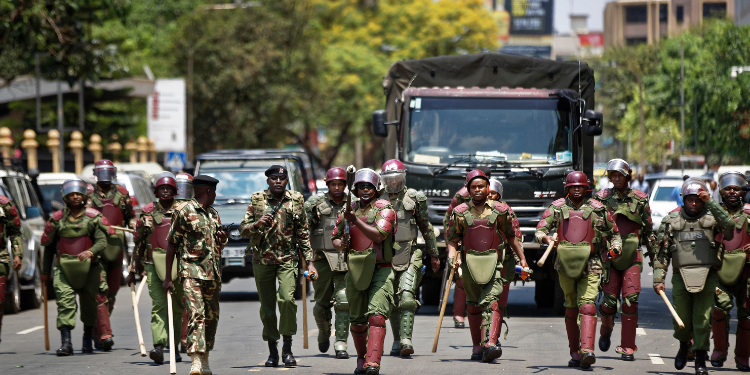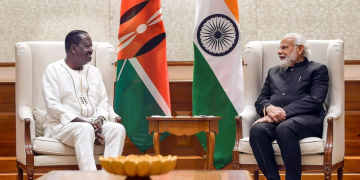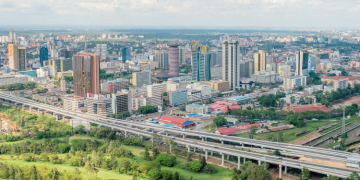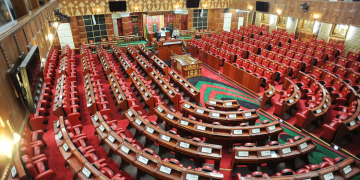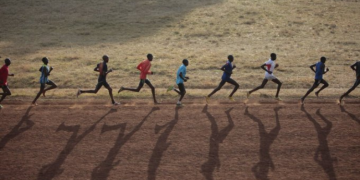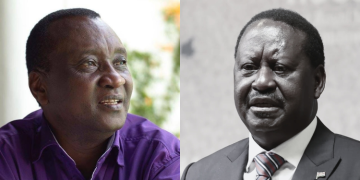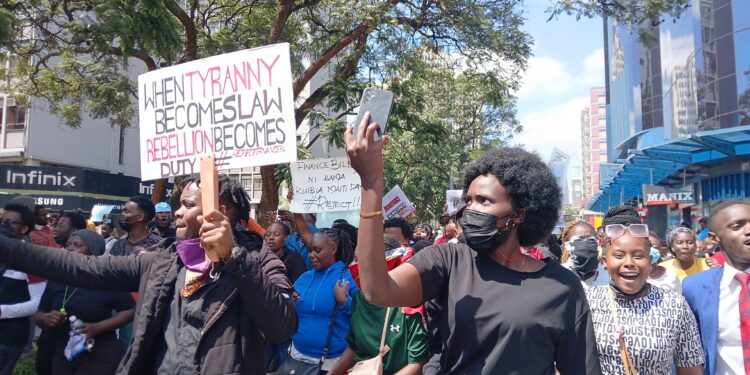Kenya has dropped in the global peace rankings according to the latest report by the Institute for Economics and Peace (IEP).
Kenya has been ranked 127th out of 163 countries in the latest Global Peace Index (GPI) 2025, marking a slight drop from its 2024 position of 126.
“Kenya’s attempt to raise taxes and cut subsidies to address debt led to unrest and clashes with police. These incidents echo the ‘structural adjustment’ riots of the 1980s in Africa, when austerity was often met with violent demonstrations,” read part of the report.
The Global Peace Index (GPI) measured levels of global peacefulness using 23 indicators, including societal safety, levels of conflict, and militarization.
Kenya Drops in Global Peace Rankings
The report attributed Kenya’s drop in the rankings to events such as the deadly protests that erupted in 2023 after the government attempted to raise taxes and cut fuel subsidies to ease its debt crisis.
“For example, Kenya in 2023 tried to hike taxes and reduce fuel subsidies to alleviate its debt crisis, only to face deadly protests in response,” read the report.
Tanzania leads East Africa in the latest peace rankings at position 73 globally. Rwanda follows at 91, while Uganda is ranked 113. Kenya comes in at 127, closely followed by Burundi at 133.
The Democratic Republic of Congo (DRC) is positioned at 160, with South Sudan ranked lowest in the region at 161.
Also Read: Kenya Beats Nigeria & Ghana Emerging Top in Africa’s Cybersecurity Ranking
Reasons for Drop in Global Peace
The 2025 Global Peace Index (GPI) highlighted a continued decline in global peacefulness, with several key factors contributing to the downward trend.
“This year’s results found that the average level of global peacefulness deteriorated by 0.36 per cent. This is the 13th deterioration in peacefulness in the last 17 years, with 74 countries improving and 87 deteriorating in peacefulness,” read the report.
Additionally, the world has become less peaceful over the past 17 years, with the average country score declining since the index was first introduced in 2008.
Also Read: Kenya Beats Tanzania & Uganda in Latest Ranking of Countries Eating Well
Factors Resulting in Peace Decline
- Rising Conflict Risks: Many indicators linked to the outbreak of major conflicts are now at their highest levels since the end of World War II.
- Increased Militarisation: More countries are boosting military spending amid growing geopolitical tensions, rising conflicts, the collapse of traditional alliances, and global economic uncertainty.
- Record High Conflicts: There are currently 59 active state-based conflicts—the highest number since WWII—three more than the previous year. In 2024, 17 countries reported over 1,000 conflict-related deaths.
- Fewer Conflict Resolutions: The rate of successful conflict resolution has plummeted. Decisive victories fell from 49% in the 1970s to just 9% in the 2010s, while peace agreements dropped from 23% to 4% over the same period.
- Internationalised Conflicts: A total of 78 countries are involved in conflicts beyond their borders, making solutions harder due to geopolitical fragmentation and growing competition among major and middle powers.
- Reversal of Militarisation Decline: After nearly two decades of falling militarisation, 106 countries have deteriorated in this area over the last two years.
- Widespread Declines: The global average level of peacefulness fell by 0.36%, marking the 13th decline in the last 17 years. In total, 87 countries deteriorated, while 74 improved.
Follow our WhatsApp Channel and X Account for real-time news updates.
